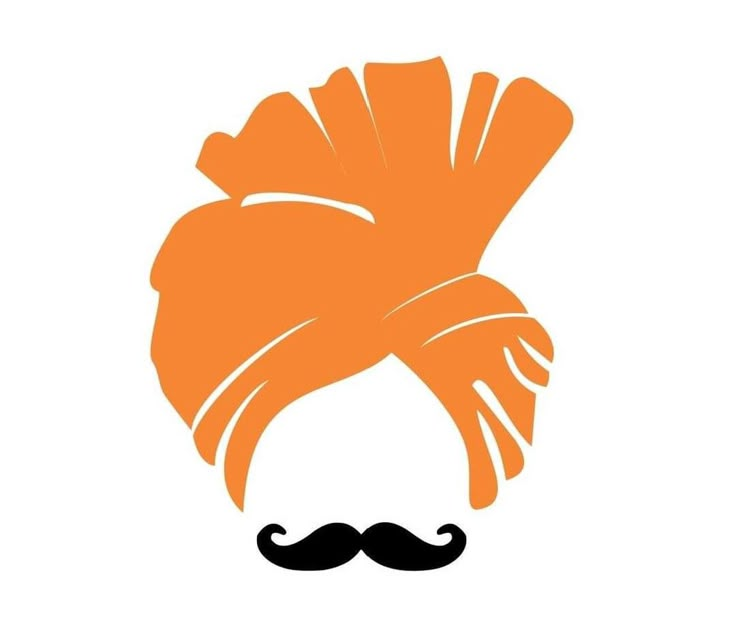Mumbai City
मुंबई जी “महाराष्ट्राची राजधानी” आणि “भारताची आर्थिक राजधानी” म्हणून ओळखली जाते. ही देशातील सर्वात मोठ्या महानगरांपैकी एक आहे. एकेकाळी सात बेटांचा समूह असलेली मुंबई आज भारताच्या उद्योग, वित्त, सांस्कृतिक आणि मनोरंजन क्षेत्राची केंद्रबिंदू बनली आहे.
अरबी समुद्राच्या काठावर वसलेले मुंबई शहर ६०३ चौरस किलोमीटरच्या विस्तीर्ण क्षेत्रात पसरले आहे. हे शहर आज आर्थिक महासत्ता बनले आहे. जिथे प्रमुख वित्तीय संस्थांचे, शेअर बाजारांचे आणि महत्त्वाच्या उद्योगांचे मुख्यालय आहे.
“सात बेटांचे शहर” ते “पूर्वेकडील प्रवेशद्वार” हा मुंबईचा प्रवास औद्योगिक,सांस्कृतिक आणि ऐतिहासिक दृष्टिकोनातून अत्यंत महत्त्वाचा ठरला आहे.
ऐतिहासिक वारसा,देखणी सागरी किनारपट्टी, झगमगती जीवनशैली आणि वैविध्यपूर्ण संस्कृती यामुळे मुंबई ही खऱ्या अर्थाने एक जागतिक महानगर आहे.
मुंबईचा समृद्ध इतिहास
मुंबईचा इतिहास २००० वर्षांपेक्षा अधिक जुना असून तिची सुरुवात प्राचीन व्यापाराशी जोडलेली आहे. इ.स. १५० मध्ये ग्रीक भूगोलतज्ज्ञ टॉलेमीने मुंबईचा उल्लेख केला होता ज्यामुळे त्याचे त्या काळातील व्यापारी नेटवर्कमधील महत्त्व वाढले.
१६व्या शतकात मुंबईवरील इस्लामी सत्तेची पकड प्रबळ झाली. १५३४ मध्ये या बेटांवर इस्लामी राज्यकर्त्यांचे वर्चस्व होते. मात्र १६६१ मध्ये इंग्लंडच्या राजा चार्ल्स द्वितीयचा विवाह कॅथरीन ऑफ ब्रगांझासोबत झाला आणि तिच्या हुंड्याच्या रूपात मुंबई बेटांची सुपुर्दगी ब्रिटिश क्राऊनकडे करण्यात आली. यामुळे मुंबईच्या साम्राज्यवादाखालील विकासाचा नवा अध्याय सुरू झाला.
ब्रिटिश राजवटीत मुंबई मोठ्या बंदर शहरात रूपांतरित झाली. १८ व्या शतकात मक्का आणि बासरा यासारख्या ठिकाणी सागरी व्यापार वाढला. १९ व्या शतकात कापड गिरण्या, बँकिंग, आणि शिक्षण क्षेत्राचा झपाट्याने विकास झाला ज्यामुळे मुंबई एक केंद्र स्थान बनले.
स्वातंत्र्य लढ्यात मुंबईचे महत्त्व मोठे होते. २० व्या शतकाच्या सुरुवातीला राष्ट्रीय चळवळीचे केंद्र मुंबई बनले. महात्मा गांधींसह अनेक स्वातंत्र्य सैनिकांनी येथे आपल्या चळवळींना गती दिली. १९४७ मध्ये भारत स्वतंत्र झाल्यानंतर मुंबई बॉम्बे राज्याचा भाग बनली. १९६० मध्ये महाराष्ट्राच्या स्थापनेसह ती राजधानी म्हणून घोषित करण्यात आली. त्यानंतर मुंबईने आर्थिक आणि औद्योगिक क्षेत्रात उत्तुंग प्रगती केली.
आज मुंबई भारताची आर्थिक राजधानी आणि जागतिक महानगरी बनली आहे. गेटवे ऑफ इंडिया यांसारखी ऐतिहासिक वास्तू, विविध सांस्कृतिक वारसा आणि संपन्न जीवनशैली यामुळे मुंबई एक अद्वितीय शहर ठरते. मुंबईच्या भव्य इतिहासाचे प्रतिबिंब आजही तिच्या वास्तुशिल्पात, संस्कृतीत आणि औद्योगिक क्षेत्रात दिसून येते.
मुंबईतील पर्यटनस्थळे
- धार्मिक स्थळे
१. सिद्धिविनायक मंदिर
मुंबईतील सर्वात प्राचीन आणि प्रसिद्ध गणपती मंदिरांपैकी एक! १८०१ मध्ये बांधले गेलेले हे मंदिर १९९३ मध्ये विस्तारले. येथे देशभरातून हजारो भाविक येथे दर्शनासाठी येतात.
२. हाजी अली दर्गा
अरबी समुद्रात एका बेटावर वसलेला हा दर्गा एक महत्त्वाचे इस्लामिक तीर्थस्थळ आहे. समुद्रात एक अरुंद रस्ता याला जोडलेला आहे. पिर हाजी अली यांच्या स्मरणार्थ बांधलेले हे स्थळ शांतता आणि आध्यात्मिक वातावरणासाठी प्रसिद्ध आहे. - ऐतिहासिक वास्तू
१. छत्रपती शिवाजी महाराज टर्मिनस
युनेस्कोने जागतिक वारसा घोषित केलेले हे भव्य रेल्वे स्टेशन १८८७ मध्ये बांधले गेले. व्हिक्टोरियन गॉथिक आणि भारतीय वास्तुशैलीचा सुंदर मिलाफ येथे पाहायला मिळतो.
२. गेटवे ऑफ इंडिया
१९२४ मध्ये बांधले गेलेले हे भव्य प्रवेशद्वार ब्रिटिश काळातील मुंबईचे प्रतिक आहे. अरबी समुद्राच्या किनारी स्थित असलेले हे स्मारक किंग जॉर्ज पाचवे आणि क्वीन मेरी यांच्या मुंबई भेटीच्या स्मरणार्थ बांधण्यात आले होते. - लेण्या
एलिफंटा लेण्या
मुंबईजवळील बेटावर वसलेल्या एलिफंटा लेण्या बघायला फेरी बोटीने जाता येते. या लेण्या सुरुवातीला म्हणजे इ.स. पूर्व दुसऱ्या शतकात बौद्ध मठ होत्या. इथे तुम्ही स्तूप आणि बुद्ध मूर्ती पाहू शकता. या लेण्या नंतर हिंदू संस्कृतीशी जोडल्या गेल्या आणि येथे शिवाच्या त्रिमूर्तीसह अनेक शिल्पकला निर्माण केल्या गेल्या. आज युनेस्कोने त्याला जागतिक वारसा घोषित केले आहे. - अन्य आकर्षणे
मरीन ड्राइव्ह
“क्वीन नेकलेस” म्हणून ओळखला जाणारा हा किनारपट्टीचा रस्ता रात्रीच्या वेळेस लखलखणाऱ्या दिव्यांमुळे अतिशय सुंदर दिसतो. येथे फिरण्याचा, सूर्यास्त पाहण्याचा आणि मुंबईच्या किनाऱ्याचे नयनरम्य दृश्य टिपण्याचा वेगळाच आनंद आहे.
मुंबईचे प्रसिद्ध स्ट्रीट फूड
मुंबईच्या रस्त्यावर मिळणारे खाद्यपदार्थ जगभर प्रसिद्ध आहेत. येथे चविष्ट आणि वेगवेगळ्या चवींच्या पदार्थांचा आनंद घेता येतो जसे की:
१. वडा पाव: गरमागरम बटाट्याच्या वड्यासह मऊ पाव हा मुंबईचा खास पदार्थ.
२. पाव भाजी: बटरमध्ये परतलेली मसालेदार भाजी आणि बटर लावून खमंग भाजलेला पाव.
३. बोंबील फ्राय: कोळी समाजाची खासियत, कुरकुरीत तळलेला बॉम्बे डक किंवा बोंबील मासा.
४. भेळपुरी, पाणीपुरी आणि शेवपुरी: चटकदार,मसालेदार आणि कुरकुरीत चव असलेला, कधीही कुठेही खाल्ला जाऊ शकणार हा चाट पदार्थ.
मुंबई एकाच वेळी इतिहास, संस्कृती, आध्यात्मिकता आणि आधुनिकतेचा सुंदर संगम आहे. त्यामुळेच हे शहर पर्यटकांसाठी नेहमीच एक अविस्मरणीय अनुभव ठरते!
भेट देण्यासाठी सर्वोत्तम काळ
| हंगाम | आदर्श उपक्रम | प्रवासासाठी शिफारस |
| ऑक्टोबर ते फेब्रुवारी | पर्यटन, स्थळदर्शन, फिरणे | साधारण हवामानामुळे सर्वात उत्तम काळ. |
| जून ते सप्टेंबर | ट्रेकिंग, धबधबे, निसर्गसौंदर्य अनुभवणे | निसर्गप्रेमींसाठी उत्तम पण जोरदार पावसाची शक्यता. |
| मार्च ते मे | उन्हामुळे बाहेरच्या उपक्रमांना मर्यादा | खूप गरम आणि आर्द्रतेमुळे प्रवास टाळावा. |
मुंबई शहर जिल्ह्याला का भेट द्यावी?
मुंबई ही भारताची आर्थिक, सांस्कृतिक आणि ऐतिहासिक राजधानी आहे. आपल्या समुद्रकिनाऱ्यांपासून भव्य ऐतिहासिक स्मारक आणि झगमगत्या जीवनशैलीमुळे ती खऱ्या अर्थाने “स्वप्ननगरी” आहे.
सात बेटांपासून विकसित झालेली ही नगरी आज देशाचे आर्थिक आणि मनोरंजन केंद्र आहे. येथे वसलेली वसाहतकालीन वास्तुकला, आध्यात्मिक स्थळे, आणि निसर्गरम्य समुद्रकिनारे प्रवाशांना भुरळ घालतात. गेटवे ऑफ इंडियाची भव्यता, छत्रपती शिवाजी महाराज टर्मिनसची ऐतिहासिक शान आणि मुंबईच्या रस्त्यावरील चमचमीत पदार्थ या शहराला अद्वितीय बनवतात. मरीन ड्राइव्हची मंत्रमुग्ध करणारी दृश्ये आणि बांद्रा-वरळी सी लिंक यांसारखी आधुनिक संरचना मुंबईला अजूनच खास बनवते.
इतिहास, सांस्कृतिक विविधता,आधुनिक प्रगतीचा संगम आणि झगमगीत जीवनशैली अनुभवायची असेल तर मुंबई तुमच्या प्रवासाच्या यादीत नक्की असायलाच हवी!
Travel Essentials
Here are the travel essentials one should know
Weather
28 - 41°C
Ideal Duration
3 - 5 days
Best Time
October to February
Planning a Trip?
Know how to reach
Top Attractions
Discover the beauty and culture of Maharashtra through our curated experiences
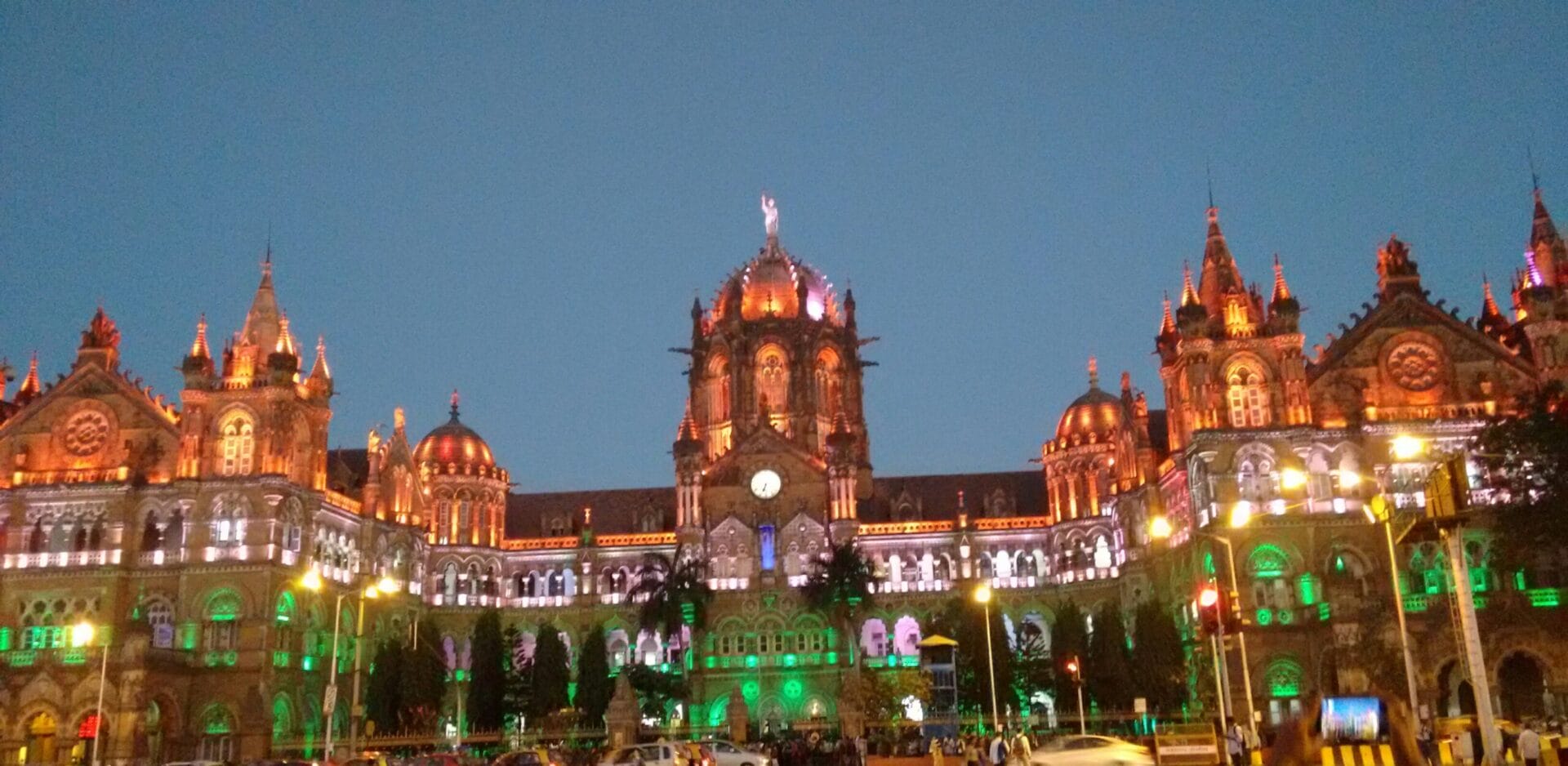
Chhatrapati Shivaji Maharaj Terminus
A UNESCO World Heritage Site and one of Mumbai's most iconic landmarks, this historic railway station is an architectural marvel. Built in 1887, it showcases a blend of Victorian Gothic Revival and traditional Indian architectural styles. The terminus is a bustling hub of activity, serving as a major transportation center for the city. Its intricate façade, detailed carvings, and grand interiors make it a must-visit attraction.
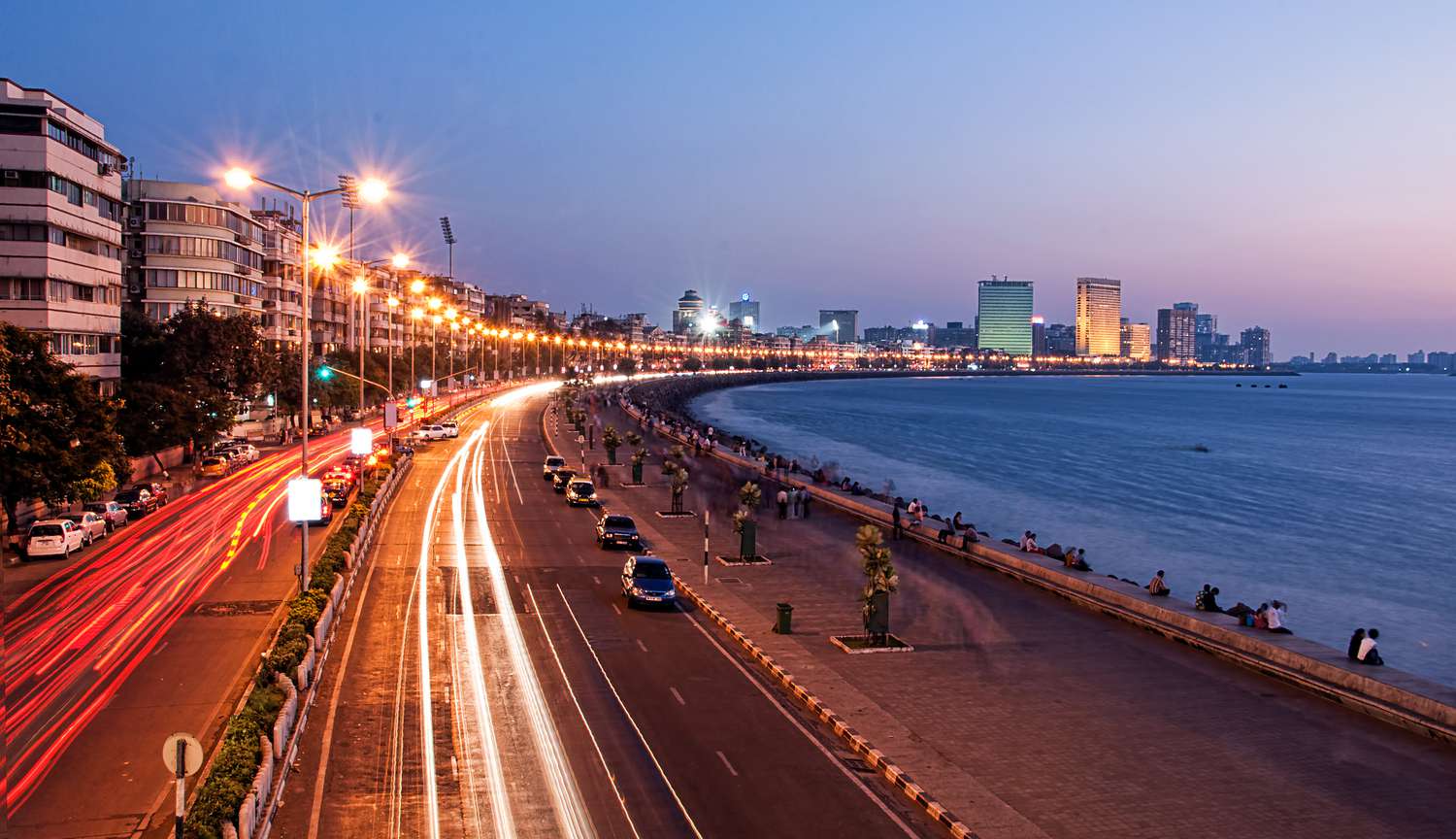
Marine Drive
Marine Drive Also known as the "Queen's Necklace," Marine Drive is a picturesque coastal road in Mumbai, stretching along the Arabian Sea. Its curved shape, illuminated by streetlights at night, resembles a string of pearls, hence the nickname. It's a popular spot for locals and tourists alike to take leisurely walks, enjoy breathtaking sunsets, and soak in the views of the sea. The promenade is lined with art deco buildings, luxury hotels, and bustling cafes, making it a vibrant and iconic part of Mumbai's landscape.
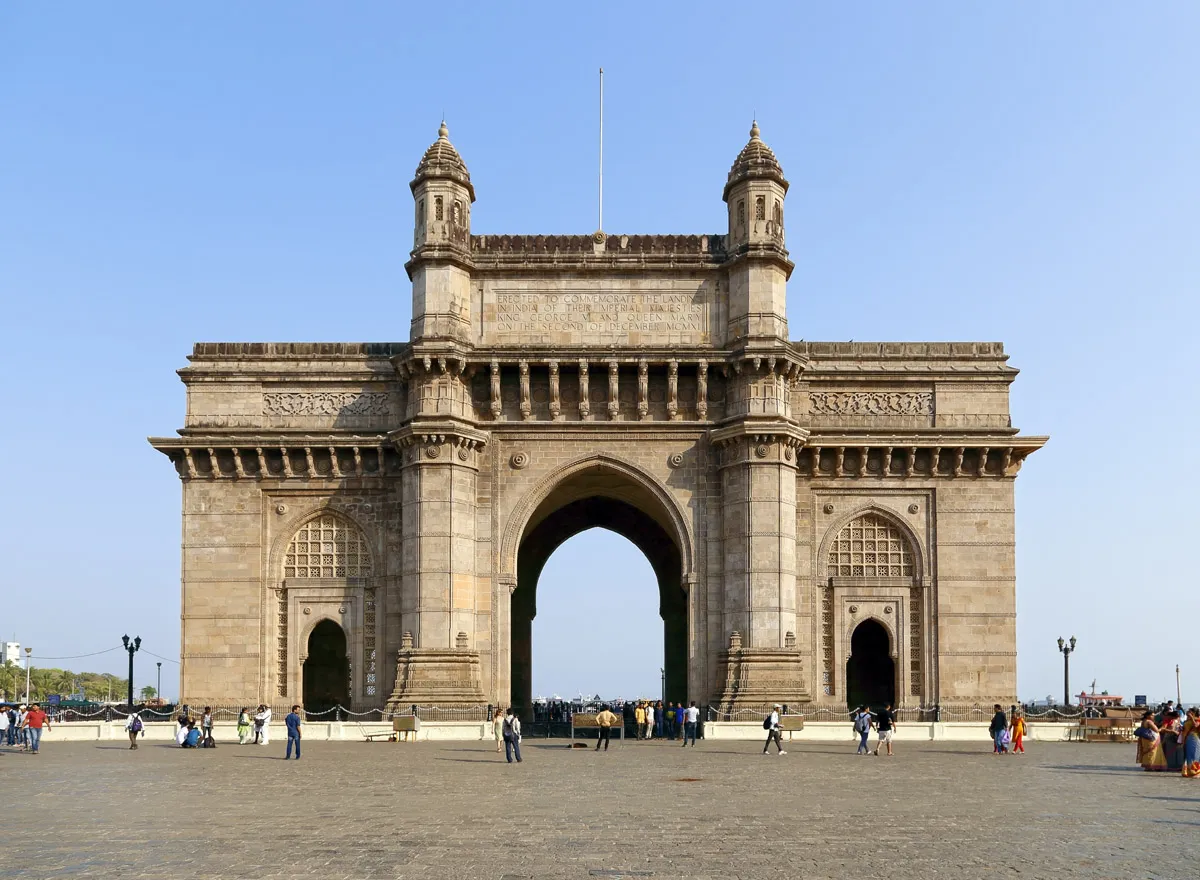
Gateway of India
A monumental arch located on the waterfront of Mumbai, overlooking the Arabian Sea. Built in 1924, it serves as a symbol of India's rich colonial history and architectural grandeur. The Gateway of India is not only a significant historical landmark but also a bustling tourist destination, with visitors flocking to admire its majestic structure and enjoy boat rides in the nearby harbor. It holds cultural and historical significance, marking the arrival of King George V and Queen Mary in India in 1911. Today, it stands as an iconic symbol of Mumbai and a must-visit attraction for tourists.

Haji Ali Dargah
Travel with your family to one of Mumbai's most prominent religious shrines - the Haji Ali Dargah, which holds Sayed Peer Haji Ali Shah Bukhari's tomb. This magnificent structure is composed of white marble and represents the Indo-Islamic architectural style. One of the main tourist attractions of this place is that it is constructed far out into the sea.

Siddhivinayak Temple
Siddhivinayak is one of the oldest Hindu temples in the country, where the deity of Ganesha is worshipped. Originally constructed in 1801, the current building complex is the product of modifications performed in 1993. While a large amount of gold that covers the idol's throne attracts the majority of visitors.

Bandra Worli Sea Link
The Bandra-Worli Sea Link bridge is one of Mumbai's most recognisable landmarks. The eight-lane suspension bridge was built in 2009 and connects the central business district with the western suburbs across the open sea, providing much-needed relief from traffic congestion on the Mahim Causeway.
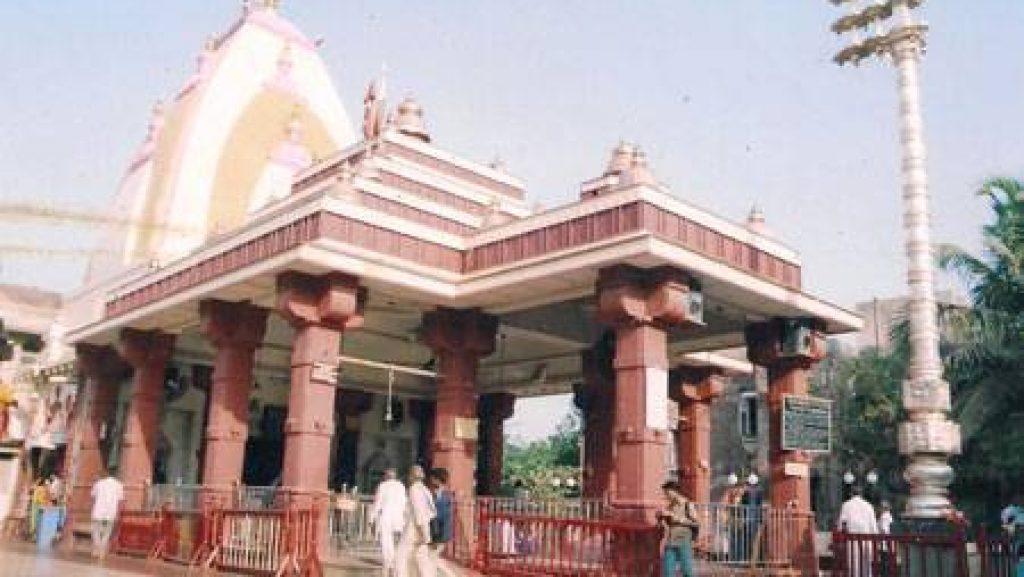
Mahalakshmi Temple
Mahalaxmi Temple is one of the most famous temples of Mumbai situated on Bhulabhai Desai Road in Mahalaxmi area. It is dedicated to Mahalakshmi the central deity of Devi Mahatmyam. The temple was built in 1831 by Dhakji Dadaji, a Hindu merchant.

